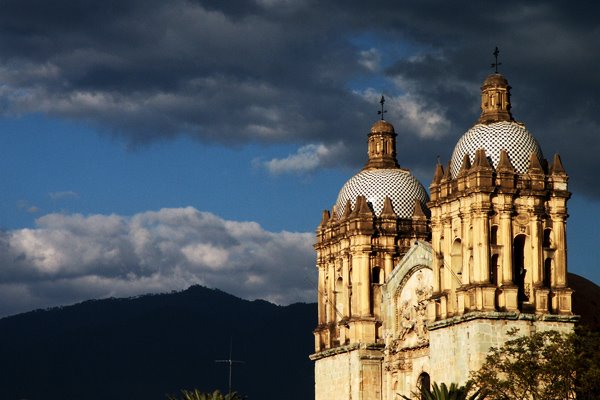from Wikipedia
They are collected only at certain times of year (from their hatching in early May through the late summer/early autumn). After being thoroughly cleaned and washed, they are toasted on a comal (clay cooking surface) with garlic, lime juice and salt containing extract of agave worms, lending a sour-spicy-salty taste to the finished product. Sometimes the grasshopers are also toasted with chili, although it can be used to cover up for stale chapulines.
One of the regions of Mexico where chapulines are most widely consumed is Oaxaca, where they are sold as snacks at local sports events and are becoming a revival among foodies [1]. It's debated how long Chapulines have been a food source in Oaxaca. There is one reference to grasshoppers that are eaten in early records of the Spanish conquest, in early to mid 16th century[2Really they are more than a delicacy, there are an everyday food, a good cheap source of protein. They are out in droves these days and one can see people catching them, sweeping them into their grasp with clothes or bags. Here's a handy recipe if you should want to try them. They really are quite tasty.



No comments:
Post a Comment